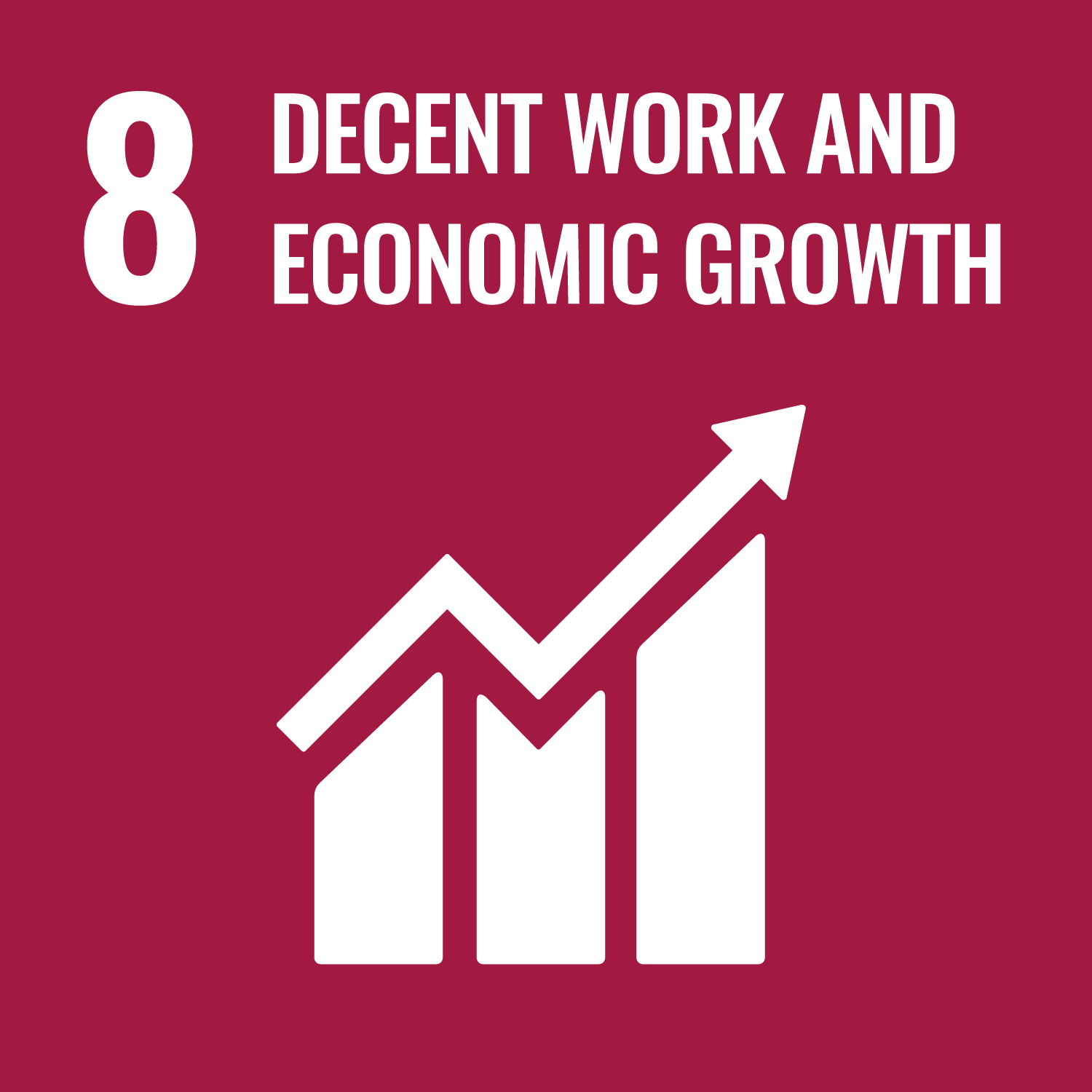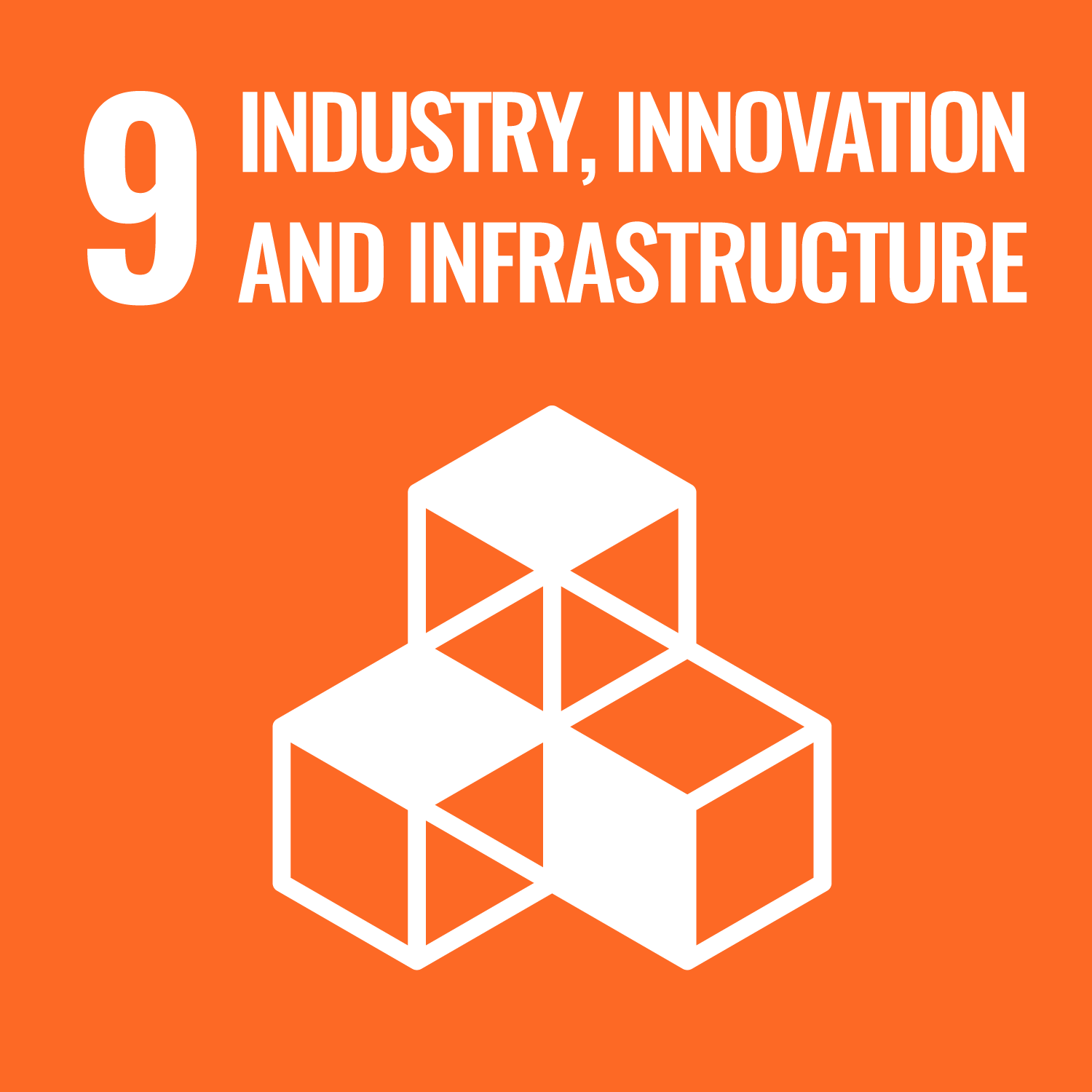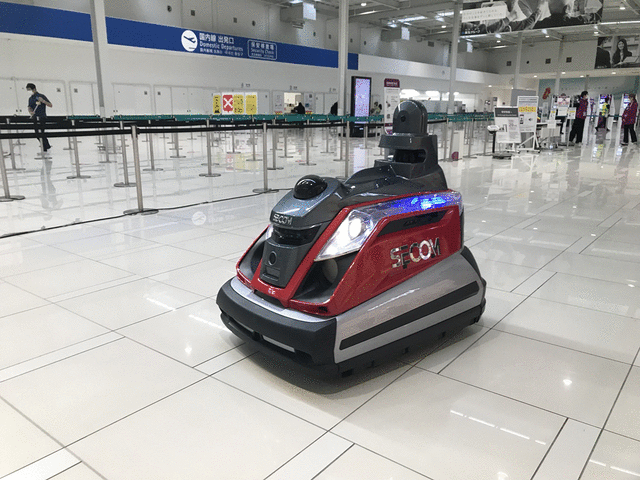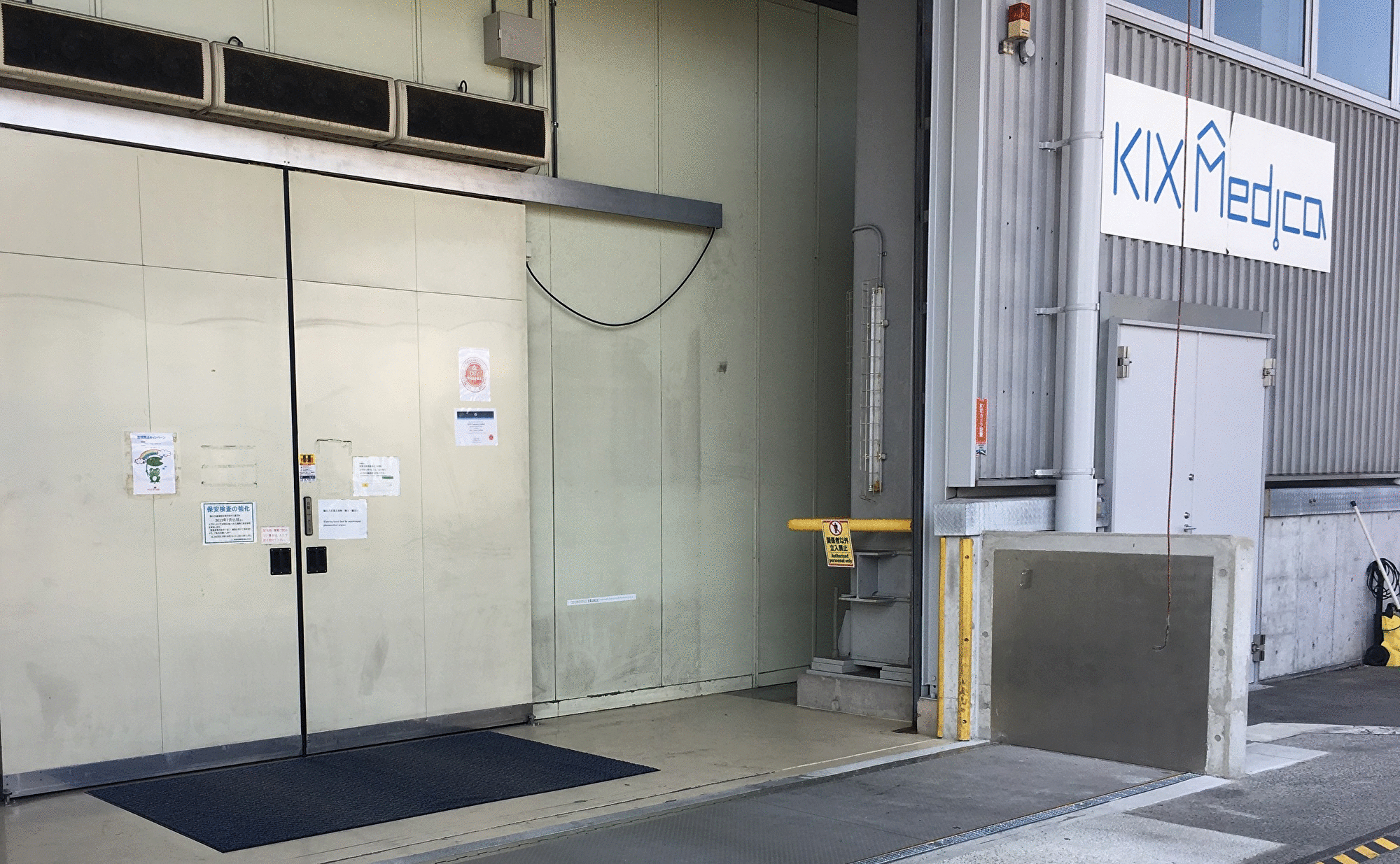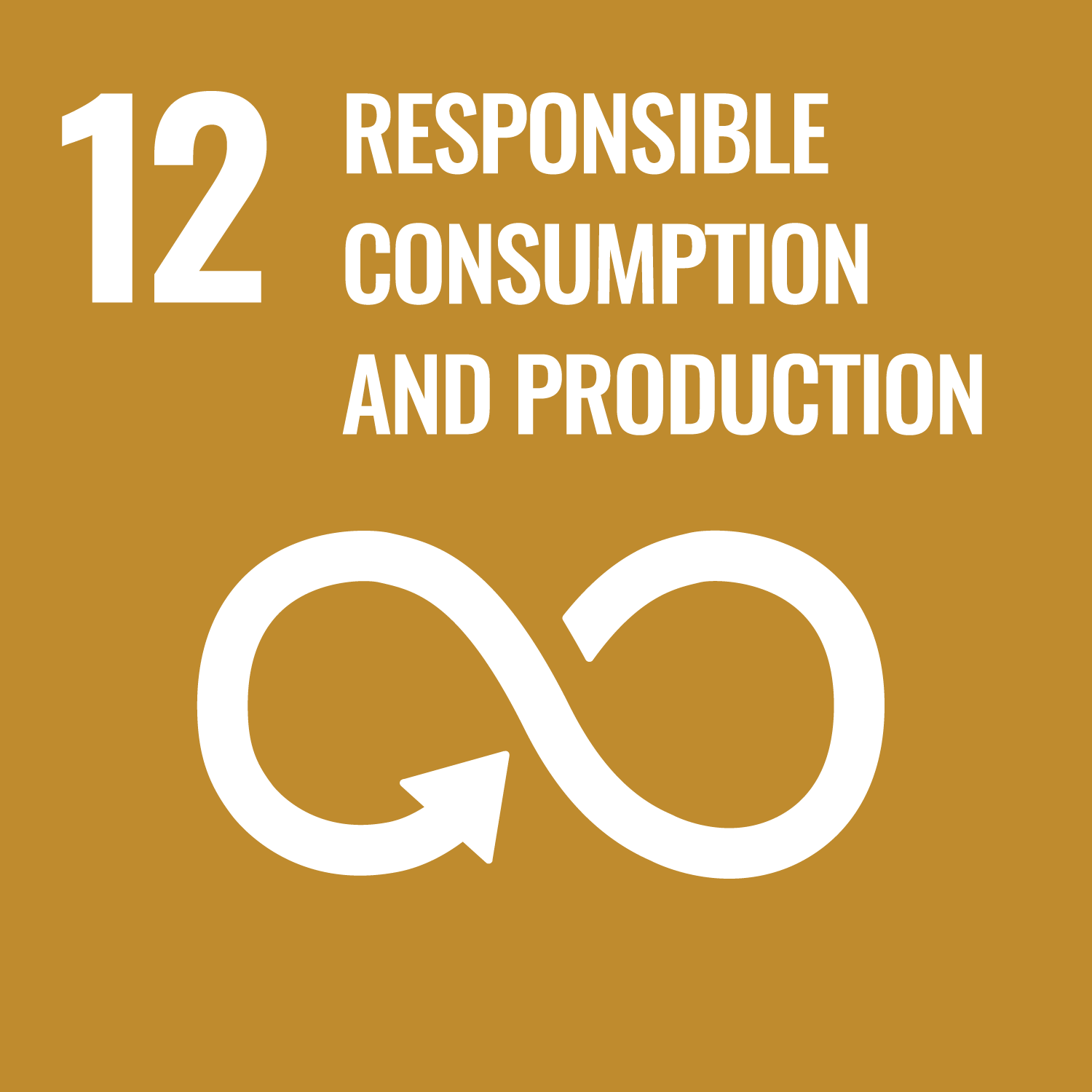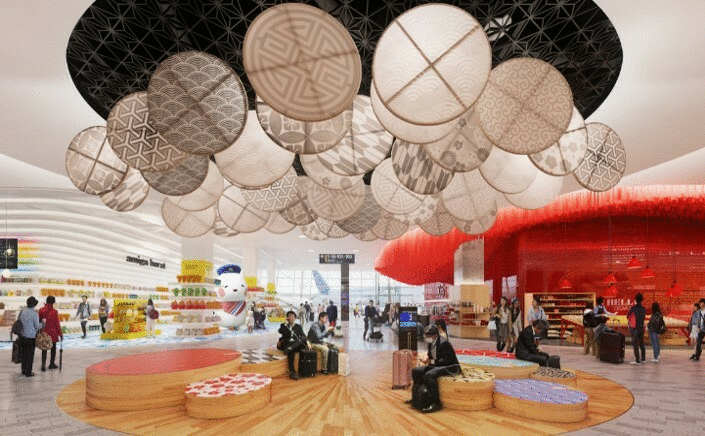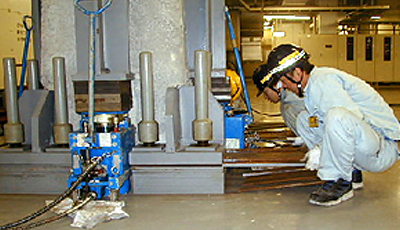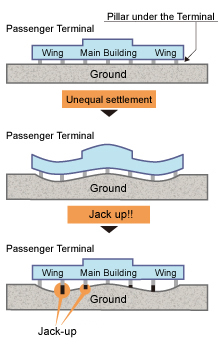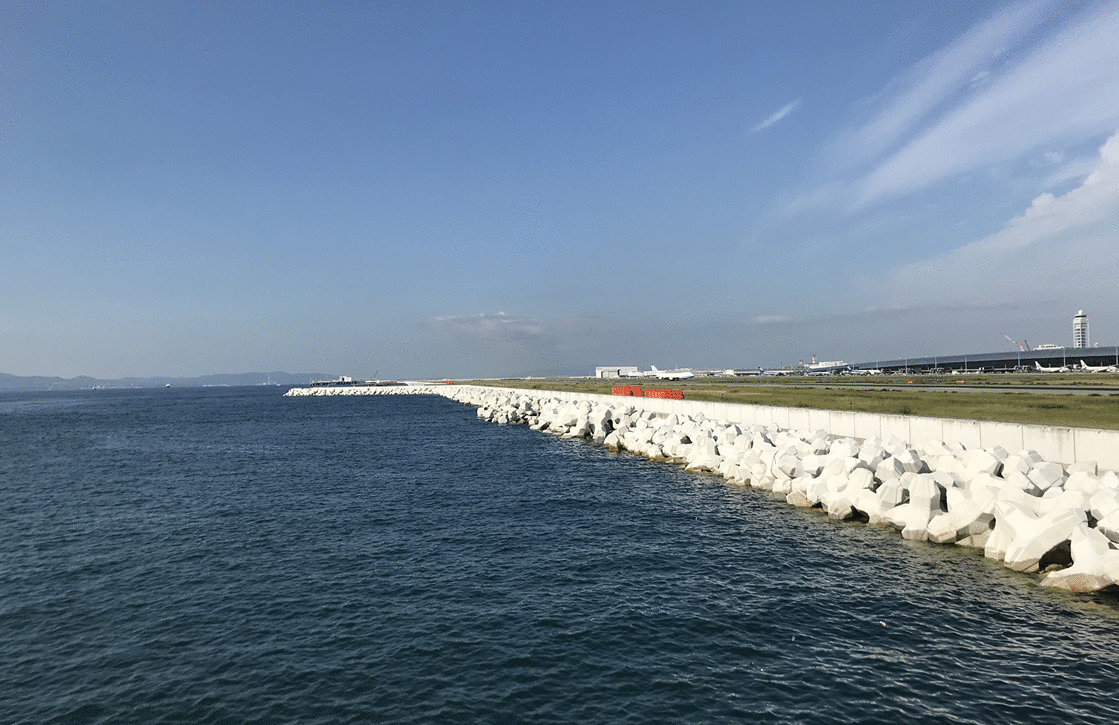To make our passengers’ airport experience more comfortable and secure, various robots are working actively at KIX.
A security robot, Secom Robot X2, monitors images using its built-in cameras. After a patrol, the robot stops at a designated position and oversees the surroundings while charging its battery. It is good at chatting too!
We also have cleaning robots. These can memorize operational details of the areas to be cleaned, enabling autonomous cleaning of the terminal buildings.
The robots are all equipped with sensors to avoid collisions with passengers and objects, so there is no need to worry about bumping into them.
We also installed an automated robotic PCR testing system*1 in September 2021, as a measure against COVID-19. It has the testing capacity to automatically process up to 2,500 samples per day, and can issue negative PCR certificates in three hours from arriving in the reception for testing at the earliest.
We started conducting PCR testing at the Kindai University Kansai International Airport Clinic, on the second floor of Terminal 1 Building, in September 2021, and at the Kansai International Airport PCR Test Clinic, Medical Corporation TOMOHIROKAI, on the fourth floor of Terminal 1 Building, in December 2021, using this robotic system.
When you visit KIX, please enjoy meeting various working robots.
*1 This is a joint project by the Kindai University Kansai International Airport Clinic and Kawasaki Heavy Industries, Ltd.
Robots that keep our passengers safe and comfortable. Cool!



